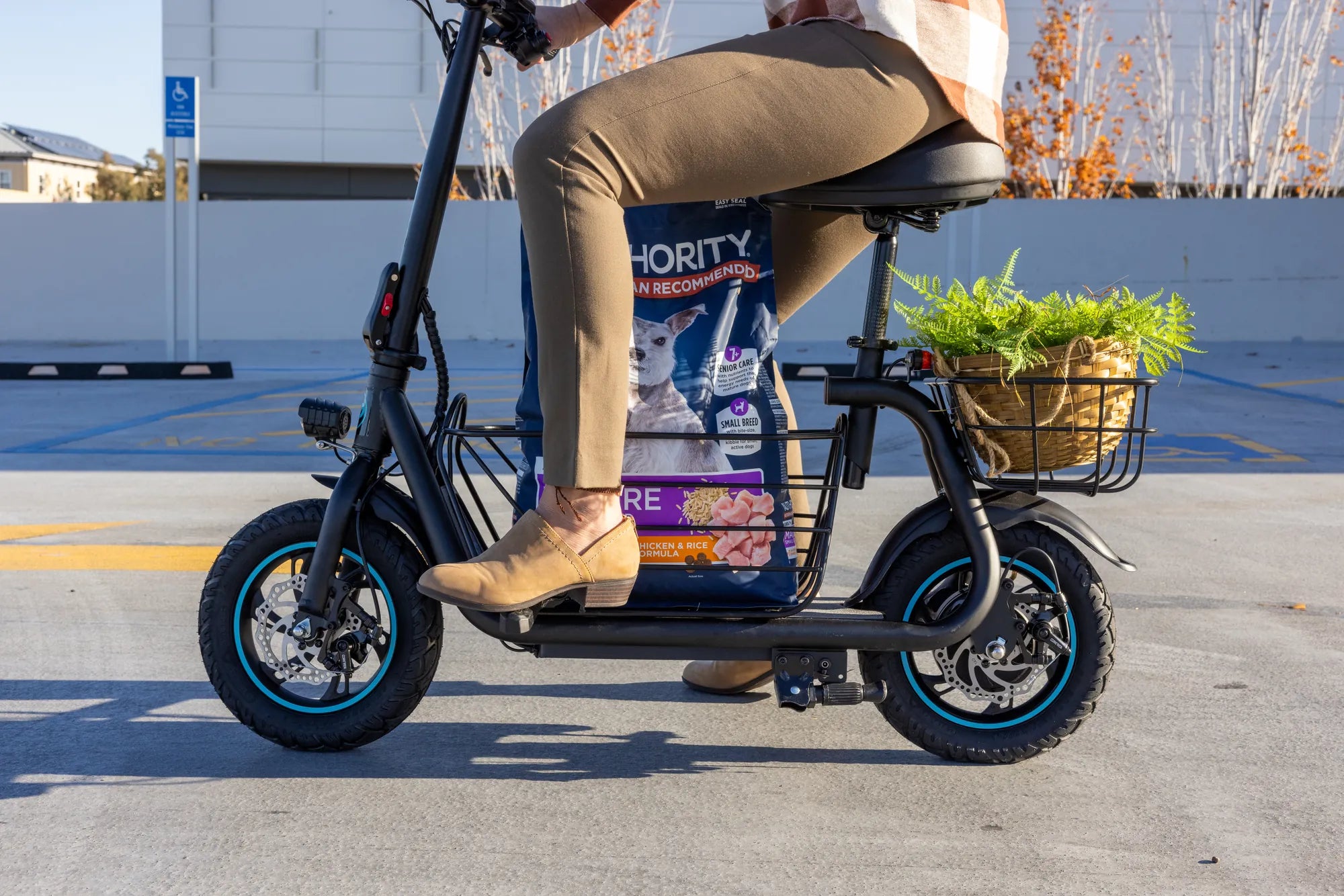Electric scooters have revolutionized urban mobility, offering a quick, affordable, and eco-conscious way to navigate busy streets. But one question lingers in the minds of new and experienced riders alike: do you have to charge electric scooters? The short answer is yes—but there’s much more to it. From understanding charging cycles to optimizing battery health, this guide dives deep into everything you need to know to keep your scooter rolling smoothly.
Why Charging Your Electric Scooter Is Non-Negotiable
Unlike traditional kick scooters, electric scooters rely entirely on battery power to function. Without regular charging, your scooter won’t move an inch. The battery is the heart of the vehicle, powering the motor, lights, and display. Neglecting to charge it properly can lead to reduced performance, shorter battery lifespan, or even a complete breakdown mid-ride.
How Often Should You Charge Your Electric Scooter?
The frequency of charging depends on several factors, including:
- Battery capacity: Larger batteries last longer but take more time to charge.
- Usage patterns: Frequent riders may need to charge daily, while occasional users can go longer between charges.
- Terrain and weight: Hilly routes or heavier riders drain the battery faster.
A good rule of thumb is to recharge your scooter when the battery level drops to 20-30%. Avoid letting it fully deplete, as this can strain the battery over time.
Best Practices for Charging Electric Scooters
To maximize your scooter’s battery life and efficiency, follow these tips:
- Use the right charger: Always stick to the manufacturer-recommended charger to prevent damage.
- Avoid overcharging: Unplug the scooter once it reaches 100% to prevent battery stress.
- Store at partial charge: If not using the scooter for extended periods, keep the battery at 50-60%.
- Charge in a cool, dry place: Extreme temperatures can harm battery performance.
What Happens If You Don’t Charge Your Electric Scooter?
Skipping charges or improperly maintaining the battery can lead to:
- Reduced range: The scooter won’t travel as far on a single charge.
- Battery degradation: The battery loses its ability to hold a charge over time.
- Total failure: In extreme cases, the battery may become unusable.
Regular charging isn’t just a suggestion—it’s a necessity for keeping your scooter in top shape.
Can You Ride an Electric Scooter While Charging?
Most electric scooters are designed to prevent riding while plugged in due to safety risks. Attempting to do so could damage the battery or even pose a fire hazard. Always unplug your scooter before riding.
How Long Does It Take to Charge an Electric Scooter?
Charging times vary based on battery size and charger specifications. On average, a full charge takes between 3 to 8 hours. Fast chargers can reduce this time but may impact long-term battery health if used excessively.
Extending Your Electric Scooter’s Battery Life
Want to get the most out of your scooter’s battery? Try these strategies:
- Avoid deep discharges: Recharge before the battery drops too low.
- Limit fast charging: Use it sparingly to preserve battery longevity.
- Keep tires inflated: Proper tire pressure reduces motor strain and energy consumption.
Electric scooters are a game-changer for urban commuters, but their performance hinges on proper charging habits. By following these guidelines, you’ll ensure your ride stays powered, efficient, and ready for adventure. Don’t let a dead battery slow you down—charge smart and ride farther!

Share:
Electric Scooters for Adults 60 mph: The Ultimate Guide to High-Speed Commuting
Best Electric Scooters for Urban Commuting 2025: Top Picks for Efficiency and Comfort